Yin Yoga: Urinary Bladder Meridian Poses
Urinary Bladder Meridian Poses
Let’s keep going on our journey to discover our bodies by exploring our 12 body meridians and strengthening them with the power of yoga. If you’ve missed any of our previous meridian posts, you can find them all in our yin yoga category.
We have our next yang meridian, which is the complement to the Kidney meridian, the Urinary Bladder. This meridian is the longest and more complex of all. The bladder is responsible for storing and excreting the urinary waste fluids passed down from the kidneys. As an organ the bladder has only this function, but as an energy system the bladder is intimately related to the functions and balance of the autonomous nervous system. (Source)

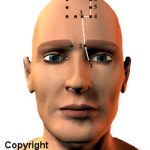
This meridian starts at the inner corner of the eye and travels across the forehead to the top of the head. It enters the brain and then splits into two branches. The first and main goes across the center at the base of the neck going down parallel to the spine. Once at the bottom of the spine, it goes out to reach the bladder. The second branch goes through the back of the shoulder and runs down parallel to the main one. It continues down to reach the butt where two different branches going across the thighs and join at the knee. Once they join, it continues down at the calves, circling around the outer ankle. It continues along outside of the foot and ends at the tip of the pinky toe. At this point, it connects with its yin counterpart, the kidney meridian.
Why is it important for you?
The bladder is responsible for releasing urinary waste fluids that are passed down by the Kidney. This process is vital to the body for its primal survival. Any imbalances to this meridian can cause physical pain like intensive headaches, back problems or urinary problems. It can also cause psychological pain like fear, lack of the decision making and low self-stem.
Besides the yoga poses below, eating salty foods could help balance the meridian as well. Always watch your salt intake, of course, and keep a healthy balanced diet. Along with the kidney, this is a water meridian, so drinking the recommended 8 glasses a day, keeps the doctor away :-). The color associated with this meridian is black and the best season is winter. When this meridian is balanced, you feel calm and peaceful, and always looking forward for the best.
Add the following urinary bladder meridian poses to your practice to balance it and keep it balance.
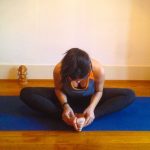
Badhakonasa A (Butterfly pose)
From a seated position, bring the soles of your feet together and then slide them away from you. Allowing your back to round, fold forward, lightly resting your hands on your feet or on the floor in front of you. Your head should hang down toward your heels. It is a good way to nice way to stretch the lower back and the inner thigh. If you have sciatica or back pain, elevate the hips by sitting on a cushion, until the knees are below the hips, or avoid this pose entirely. Do not bend too much forward and keep the neck straight. Inhale and exhale deeply. Stay in here for 2-5 minutes and take the child’s pose for 1-2 minutes.
Salamba Bhujangasana (Sphinx pose)
You can start in Tadasana, making your way back to plank and lower all of the down to the floor on your belly. Gently, place both arms over your head flat on the floor, and keep the legs together. Bring the arms back closer to the chest, placing forearms flat down into the floor, making sure your elbows are under your shoulders. Lift up both head and shoulders going into a mild backbend. Active your mula bandha and press the pubic bone down into the floor. Make sure to keep the shoulders down and back and press the chess forward. Breath and hold for 30 seconds to 1 minute. Exhale and slowly lower the chest and head to the floor. Turn the head to one side, slide the arms alongside your body and rest before going into child’s pose.
Half Saddle Pose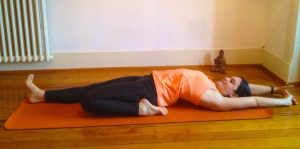
Begin by sitting up with both legs in front of you straight, bend the right or left knee then with the help of your hand, begin to drive your foot back to meet your hips. If you have any knee discomfort and the pain if more than normal, please do not do this pose. Otherwise, start having your torso go back slowly, first place your elbows then slowly begin to go back until you have your head and shoulders on the floor. Again, if you feel any discomfort of any sort beyond a normal pain, do not do this pose. Otherwise, stay here for 2 to 3 minutes then switch to the other leg.
After working on both legs, go into Child’s pose and let the practice of this asana sink in.
These urinary bladder meridian poses are also great for working legs and back, as well as other meridians that will be covered in future posts. Keep posted, as we will be releasing more soon. (be advise if you have any specific physical conditions or discomfort, do not practice these poses).
Don’t miss any of our upcoming posts, join our newsletter below.
Namaste!
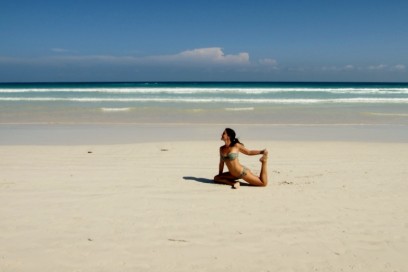
Our favourite yoga retreats and workshops
You don't know where to go for your next yoga retreat? Here are our top…
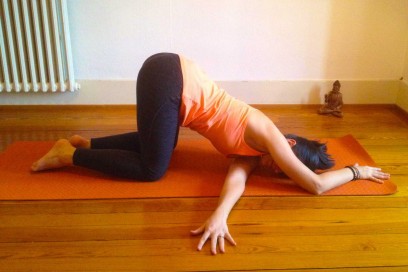
Yin Yoga: Large Intestine Meridian poses
Large Intestine Meridian poses This is a series of posts following our main post, Yin…
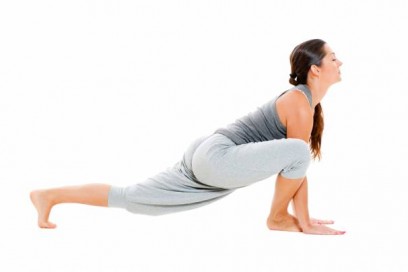
Full moon and Dragon pose
What does a full moon and Dragon pose have in common? The next full moon,…

